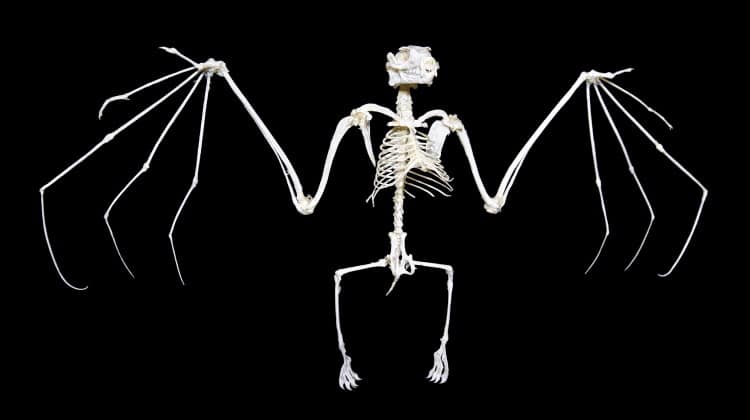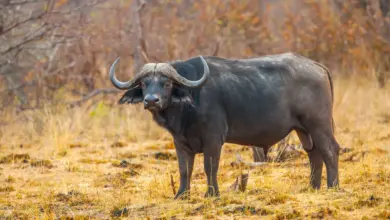Birds of prey such as hawks can catch moles when they are moving above ground.
But moles prefer to stay in their underground tunnels, so usually the only animals that can eat them are animals that can dig them out of the ground.
Foxes and coyotes often dig moles out of their hideouts, and so do weasels. Snakes sometimes catch them, too.
As for what a mole eats—moles are insectivorous; they eat worms and a variety of other insects.
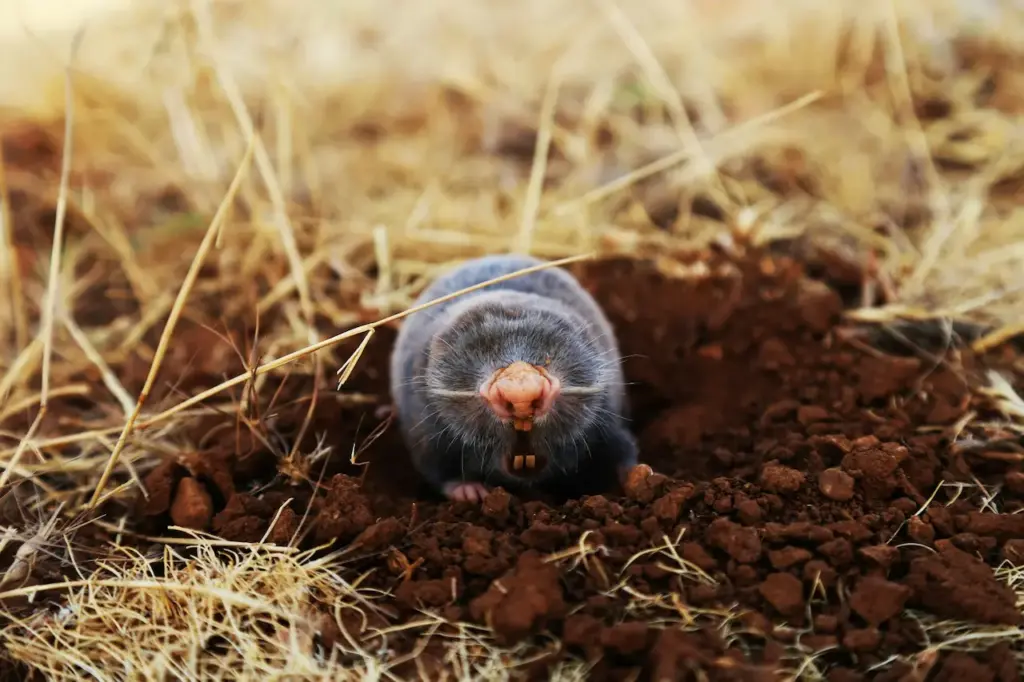
So What Eats A Mole?
Introduction
Moles are frequently seen as a significant annoyance when maintaining a tidy lawn. We may genuinely leave the enjoyment of hunting moles to other nearby predators, even though it could be challenging to capture these tunnel critters on our own. This raises the question of who moles are natural predators.
In actuality, moles have a variety of predators waiting for them when they are exposed above ground, even if they are safely buried out of sight inside burrows. Naturally occurring predators that prey on moles include snakes, foxes, coyotes, weasels, many birds of prey, dogs, and cats.
This article evolves keen information on some creatures that eat moles and focuses on how predators hunt them.
What’s the Appearance of Moles?
To begin with, moles are underground creatures that resemble gray objects. In reality, moles appear in a spectrum of grey tones; some are more white, black, brown, or orange in appearance. A mole’s color impacts its survival since some are easier to identify than others, particularly from the air. Moles become less gray as they age.
Moles tend to be tiny, although the most significant mole in the area, known as Townsend’s mole, is claimed to reach a length of nine inches.
Eastern moles are the most prevalent kind in North America. These moles are blind and nude upon birth. After birth, their fur becomes gray, and they may grow up to 6 inches. These medium-sized diggers typically have a lifespan of six years.
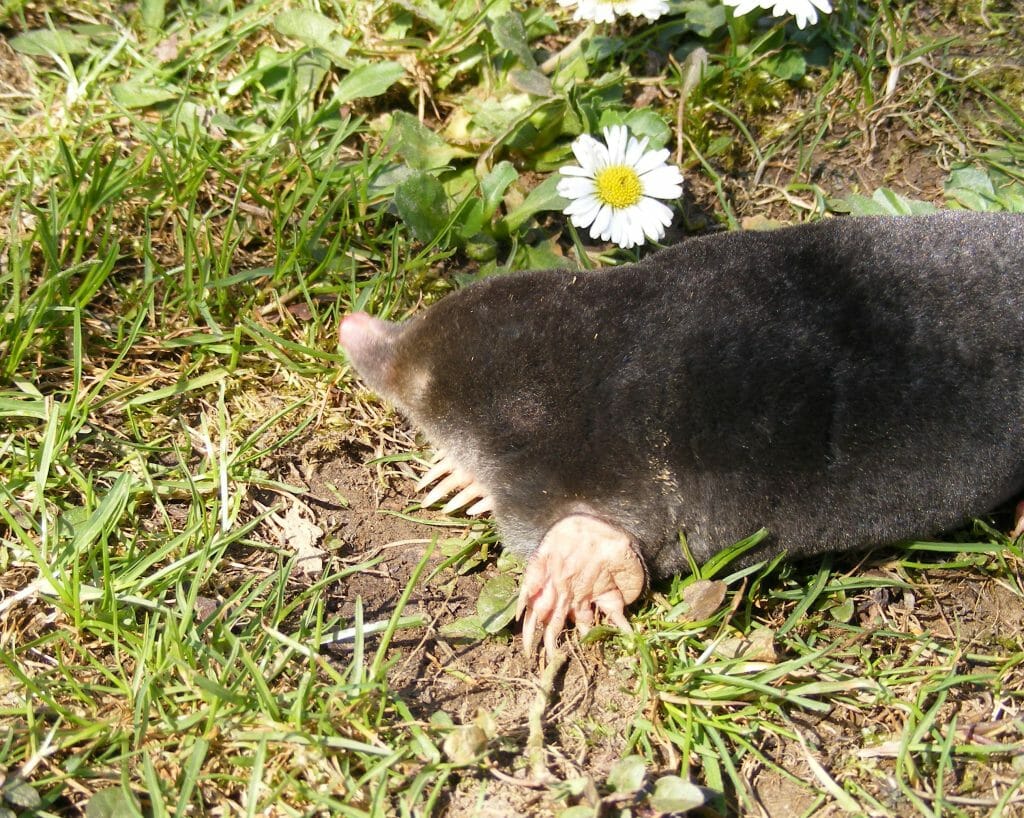
Animals That Prey On Moles
1. Snakes
This is particularly true with mole snakes, which are found primarily in the southern regions of Africa and are known to prey on moles, various small animals, and the rare mouse. These snakes are unique because they frequently reside within another animal’s burrow, allowing them to get closer to the moles.
According to reports, the species of snakes that are often found in Northern America differ from one state to the next. Because of this, the United States is home to more than a hundred distinct species of snakes.
Every snake is a carnivore. Consequently, it should come as no surprise that any sort of snake, if it is large, vicious, and sufficiently slender, would attempt to ambush a mole when the chance arises.
Snakes may gently enter the area beneath the grass or wait to ambush a mole near a hole. They can, therefore, identify the unwary mole with greater ease. Generally speaking, they may surprise a mole when it emerges from its burrow or when it is within. Snakes are, in fact, cunning tiny creatures that are occasionally known to pursue their prey with extreme patience.
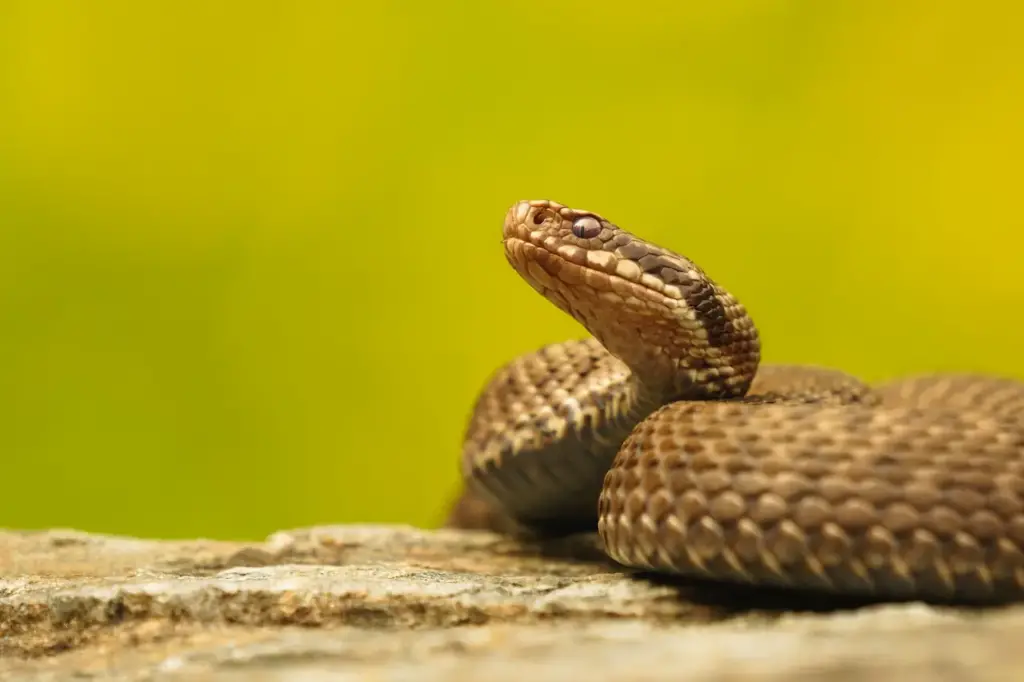
2. Coyotes and Foxes
Even though coyotes and foxes are natural predators of one another, we include them here under the Canidae family, which is their own family.
These are medium-sized omnivores that appear to like the flavor of dusty mole. Remarkably, despite the difficulty of filming a snake capturing a digger in action, there are several accounts of a fox providing a mole with a decent run at life.
Though we are less likely to see coyotes in our backyards or metropolitan areas, they occasionally prey on moles. Since foxes and coyotes are nocturnal creatures, they may see their prey on chilly evenings.
Moreover, although they are both nocturnal creatures, foxes are often more active during the day, especially in metropolitan settings. Regarding their mutual fascination for moles, the fox and the coyote approach the task of capturing one identically.
First and foremost, they have a reputation for being immensely patient regarding their preying approach to moles. They are both rather strict when it comes to keeping perfectly quiet.
Lastly, after discovering a mole, they will often begin by excavating a small hole in their tunnels or caves. When the time is perfect, they will leap and dive headfirst into the burrow after an entrance has been formed. Finally, following several efforts, a mole finds itself trapped within them.

3. Weasels
The long-tailed weasel is the most prevalent species of weasel in North America. The moles will only be satisfied if long-tailed weasels are known to feed on little diggers both above and below ground.
Weasels may appear adorable at first, but there’s a good reason why having a weasel disposition means being dishonest and unreliable. Weasels are frequently rather sly. They often approach, but they may quickly steal food away.
Similar to the friendly neighborhood fox, weasels are superb at moving stealthily. This allows them to approach a mole’s burrow covertly. When everything comes together perfectly, they may strike their target quickly, shocking their victim.
Even though weasels require minimal water to survive, they prefer to dwell underground when feasible. They often turn a burrow into their comfortable haven, especially when they stumble across it. As a result, they may approach their prey quite closely, much like certain snakes can, even approaching potential moles.
Weasels are known to hunt small moles and other animals, like rabbits, since they dig tiny tunnels beneath the earth. Their menu is extensive, increasing the likelihood of encountering a distracted mole.
4. Birds of Prey
Moles dwell underground most of the time, although they occasionally emerge to the surface, usually by mistake. When this occurs, they risk becoming victims of soaring prey birds. Moles coexist in locations frequented by several raptor species, such as vultures, hawks, and eagles.
One of the most common raptors in North America, the red-tailed hawk hunts small animals, making up most of its food. It is commonly spotted in the sky. Moles that come to the surface at night risk being devoured by owls.
5. Cats and Dogs
But what about them, one may ask? In any case, dogs and cats like playing with moles, just like cats like making fun of little mice. They aren’t said to kill the allegedly problematic moles, though. Strangely enough, they frequently just grab and play with them, possibly without the mole’s permission.
Cats and dogs may plunge into an aperture or dig a burrow for themselves, much like other small animals, such as the fox or coyote, seek moles.
Lastly, they’ll take advantage of the chance to get right into the action, grabbing the mole and startling it from its comfy zone. Moles are generally believed to be removed by cats and dogs, although they typically abstain from actually biting into them after that.
Final Words
Moles are essential to ecosystems in the complex web of life because they help with nitrogen cycling and soil aeration. But just like any other organism, they are always in danger of being eaten by various predators.
The predators that prey on moles have developed unique adaptations to take advantage of these elusive creatures that live beneath the ground’s surface.
Because of their extraordinary adaptations and hardiness, moles survive despite the difficulties presented by predators.
Understanding mole predators helps us better understand ecosystem dynamics and the delicate balance that supports life on Earth as we continue to piece together the intricate web of relationships throughout nature.



